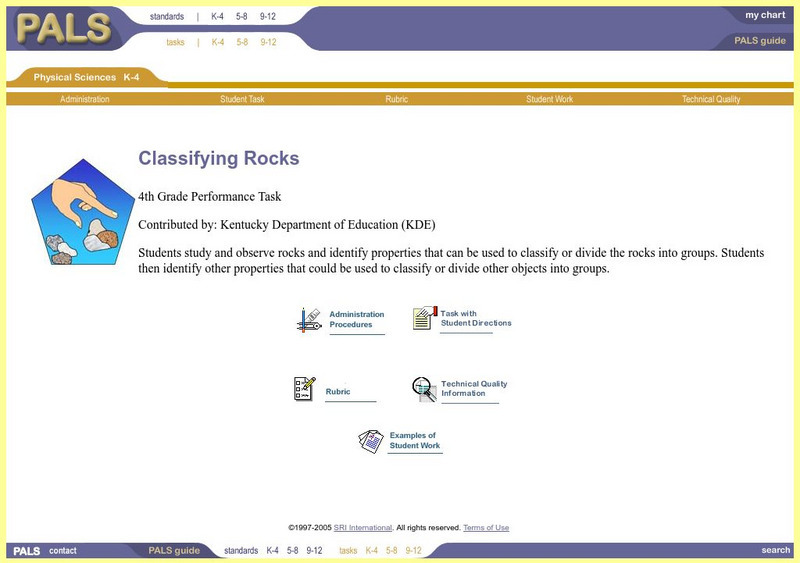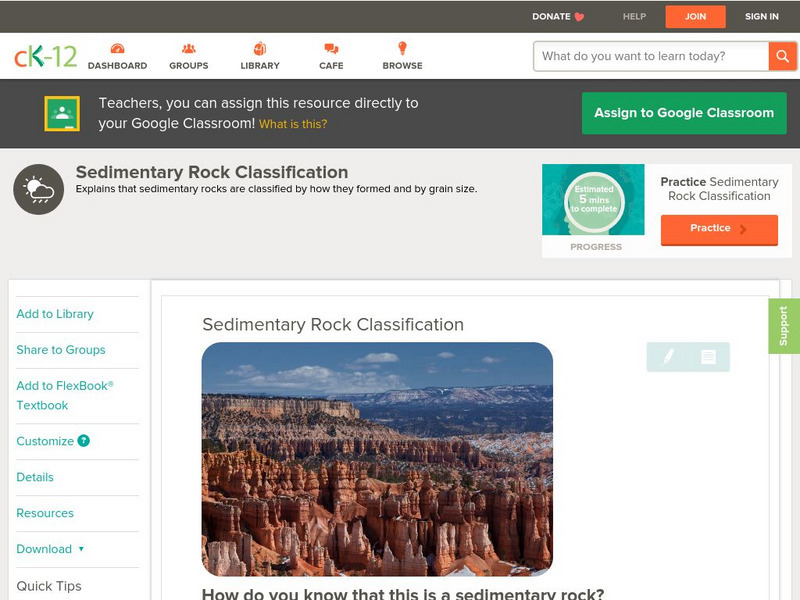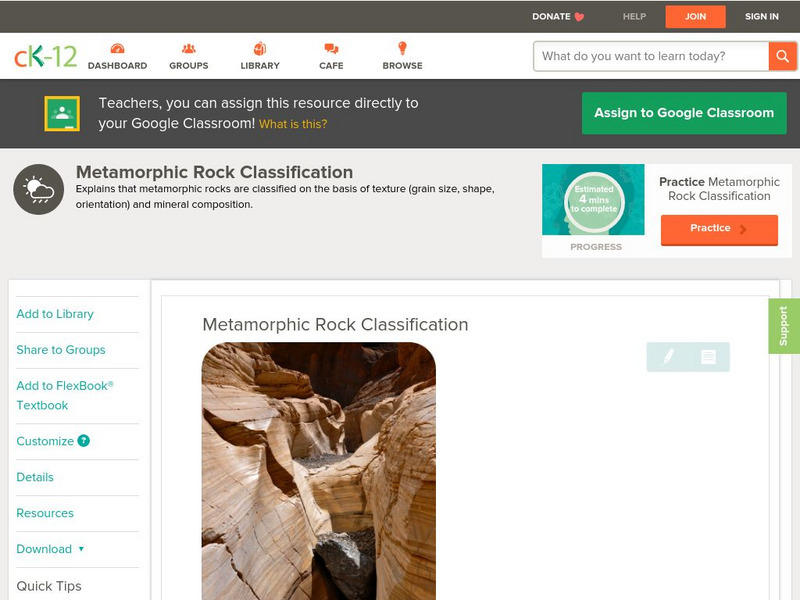Hi, what do you want to do?
Curated OER
Beaches Trivia
In this beaches worksheet, students complete sentences about the beach and land around it. Students complete 2 pages of sentences.
Curated OER
Diatom Ooze
High schoolers explore seafloor sediment. In this ocean environment lesson, students describe the characteristics of different types of seafloor sediment and oozes. They compare and discuss locations of sediments and oozes by plotting...
Curated OER
Comparing Local, National, International Biomes
Learners calculate averages of climate sets of data. In this ecology instructional activity, students analyze data to determine identity of a biome and collect meteorological data to understand process. Learners also compare data...
Curated OER
Exploring Hawaii's Beaches
Fourth graders search the shore and find objects on the beaches of Hawaii. In this exploring Hawaii's beaches lesson, 4th graders play "I Spy" with objected collected at the beach. Students compare biotic and abiotic...
Curated OER
Investigating Earth's Materials
First graders compare and contrast water from different sources. After collecting water from various sources, 1st graders create a list of observable properties of the water. Students then pour the water into a filter and observe the...
Curated OER
Making Tracks
Students participate in groups to show how two legged and four legged dinosaurs walked. Using fossilized footprints, they identify the two and four legged dinosaurs shown. They use the internet to determine what happen by a specific...
Curated OER
On the Surface
Students draw and label the 15 major rivers in Texas. They then draw and label another map with the major lakes and reservioirs of Texas. Students use the maps and locate and label the location of the following major Texas cities:...
Curated OER
Tree Study
Students measure the lengths of provided leafs to the nearest millimeter. Students identify trends in the data as well as sourced of inaccuracy and formulate additional questions that could be investigated to enhance their understanding.
Curated OER
Surface Water Supplies And The Texas Settlements
Students engage in a lesson that is concerned with the allocation and finding of water resources. The location of different settlement areas is considered as one looks how the water is distributed. They map some of the early Spanish and...
Curated OER
Hey, Look Me Over!
Students make observations about mealworms using hand lenses, rulers, and cotton swabs. Students complete their own mealworm observation chart, then they share their observations with the class. This is one station out of five in an...
Curated OER
Fun with Phylogenetic Trees
Tenth graders differentiate angiosperms and gymnosperms. In this biology lesson, 10th graders construct a musical phylogenetic tree from information they gathered on resource websites. They present their project in class.
Curated OER
LESSON PLANS (print version) pdf What is a Fossil?
Students can better explain how mould and cast fossils occur when they make their own cast fossils using plaster of Paris and objects such as shells, bone or even their own hand or footprint.
Curated OER
Macroinvertebrate Simon Says
Students study the four groups of macroinvertebrates. In groups, they explore the characteristics of macroinvertebrates. Through playing a "Macroinvertebrate Simon Says" game, students discover the adaptations of the animals and their...
Curated OER
Make Sense of Nature
Students participate in this program that heightens their awareness and curiosity of nature as well as their sense of adventure and exploring new surroundings. They identify and choose an object from nature after exploring it with other...
Curated OER
Bats
Use Stellaluna by Janell Canon to discuss bats and other types of animals. Learners identify the differences between bats and birds, list the traits of mammals, create a Bat Facts game, and go on a written scavenger hunt. Fun,...
Curated OER
Bias Sampling
Students demonstrate how the results of a poll or other scientific study can be biased by selecting special types of people to respond or by asking only certain questions.
Curated OER
Bias Sampling
Students explore statistics by conducting a scientific study. In this data analysis lesson, students conduct a class poll about popular foods of their classmates. Students complete a worksheet and discuss how bias opinions affect the...
Curated OER
What is Soil?
Third graders examine what makes soil by creating a Venn Diagram. In this Earth environment lesson, 3rd graders identify the different components that soil is made from. Students bring soil from their homes to examine and create a...
Curated OER
Plastic Wrap
Students compare the price and quality of different kinds of plastic kitchen wraps and then rank them from best to worst. They take into account how well it comes out of the roll, if it seals well, it is tangles, how much weight it...
Curated OER
Making Cultural Connections
Students explore cultures through storytelling. They read African folktales. Students discuss characteristics of folktales. They research and write a folktale that includes an animal. Additional cross curriculum activities are included.
SRI International
Performance Assessment Links in Science: Classifying Rocks
This is a performance task where students sort and classify rocks based on their properties, then demonstrate how they can transfer their understanding to decide on ways they might sort and classify other types of objects.
CK-12 Foundation
Ck 12: Earth Science: Sedimentary Rock Classification
[Free Registration/Login may be required to access all resource tools.] Explains that sedimentary rocks are classified by how they formed and by grain size.
CK-12 Foundation
Ck 12: Earth Science: Sedimentary Rock Classification Study Guide
[Free Registration/Login may be required to access all resource tools.] This study guide summarizes key points about how sedimentary rocks are classified. Includes a few questions to check for understanding.
CK-12 Foundation
Ck 12: Earth Science: Metamorphic Rock Classification
[Free Registration/Login may be required to access all resource tools.] Examines how to classify metamorphic rocks.




























